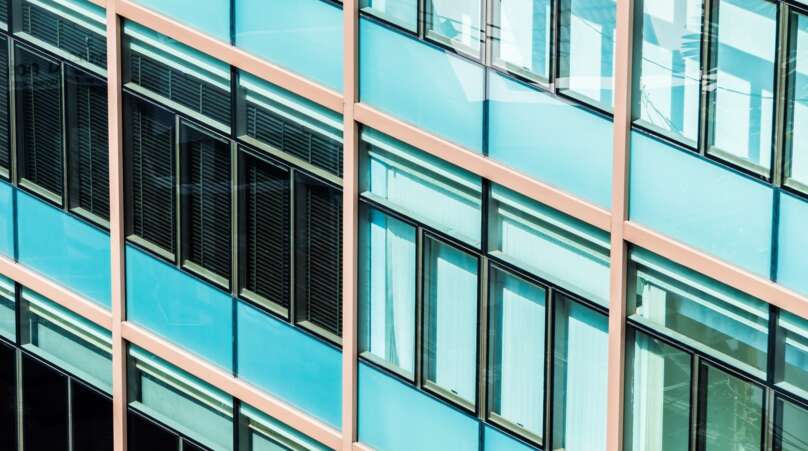
Semi-unitised glazing is a construction method blending off-site assembly with on-site completion. This approach involves pre-assembled units, combining glass and framing components, to enhance efficiency during installation while allowing for on-site adjustments and customization.
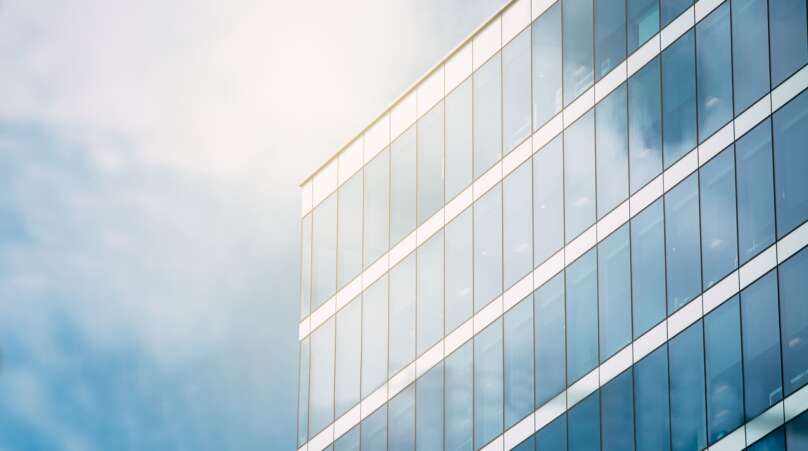
Unitised Structural glazing, commonly referred to as four-sided silicone glazing, is a specialized glazing system that employs structural silicone sealant to affix glass panels seamlessly to the frame. This technique creates a visually seamless and frameless appearance.
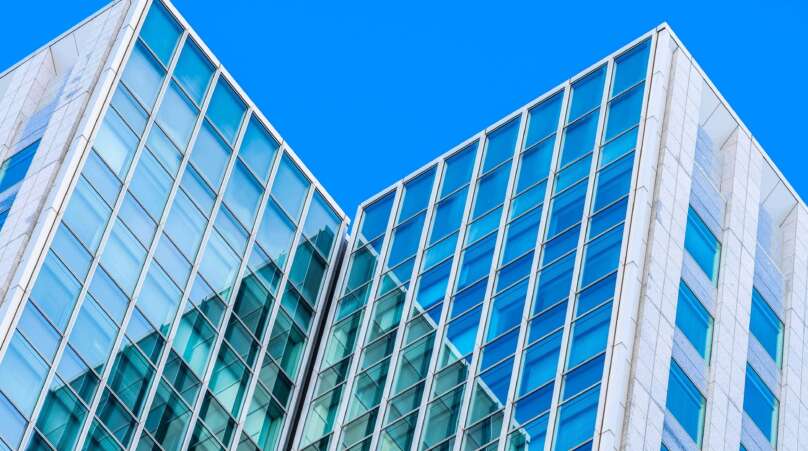
A curtain wall system serves as an exterior building envelope characterized by non-structural, lightweight frames and panels, often composed of glass or other materials. This system is designed to enhance aesthetic appeal while promoting energy efficiency.
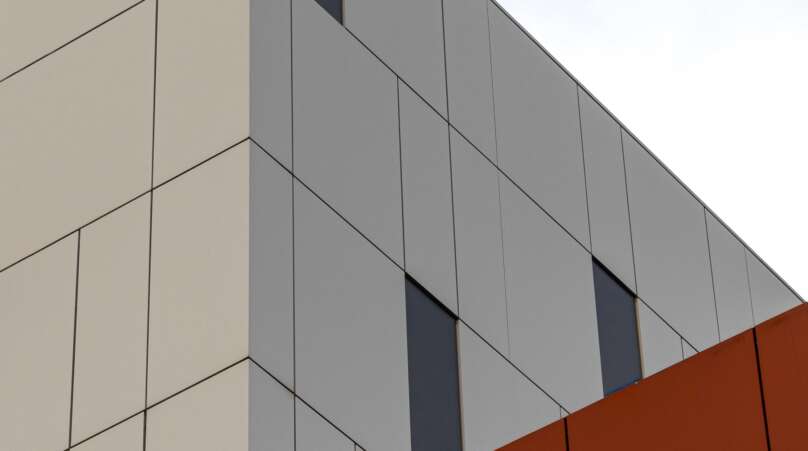
Aluminum Composite Panel (ACP) cladding is a distinctive cladding system employing two aluminum sheets sandwiching a core material, like polyethylene. This design ensures a lightweight yet durable facade solution.

High-Pressure Laminate (HPL) panels, a form of cladding, are commonly produced by layering sheets of wood or paper fiber with resin, bonding them under heat and pressure. Occasionally, additional chemicals are incorporated to impart fire-retardant properties. These panels are versatile, offering a broad spectrum of colors and finishes.
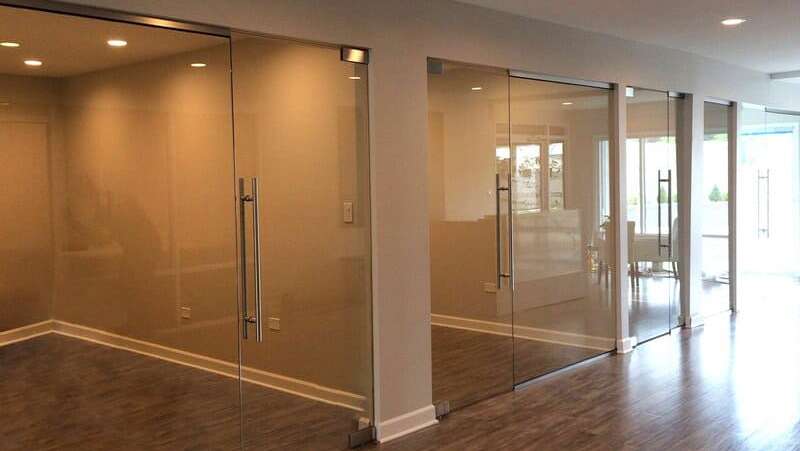
The Patch Fitting Glass System is a glass facade system that employs patch fittings to secure glass panels to the supporting structure, creating a minimalistic and elegant aesthetic.
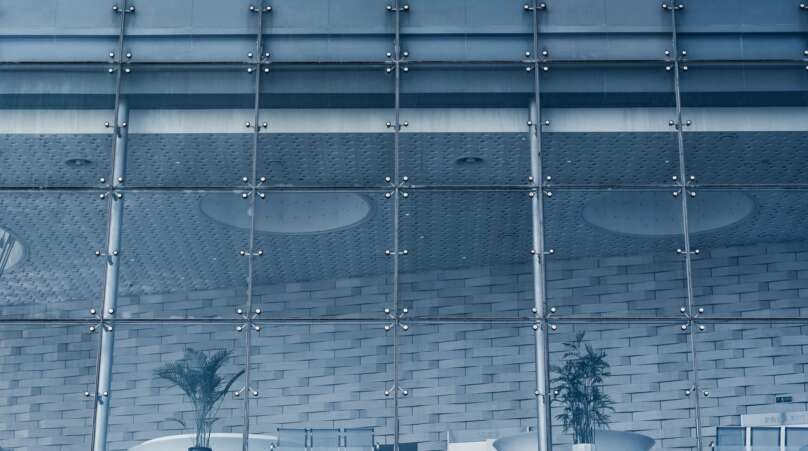
The Spider Fitting Glass System is a glass facade system employing spider fittings to secure glass panels to the supporting structure, resulting in a distinctive and contemporary aesthetic.
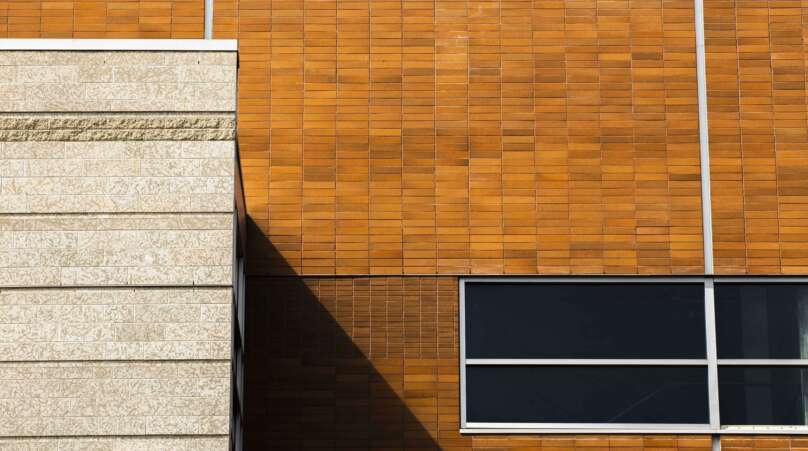
Tile cladding is a cladding system that incorporates tiles, including materials like ceramic or porcelain, to offer a facade solution that is both aesthetically pleasing and durable.
